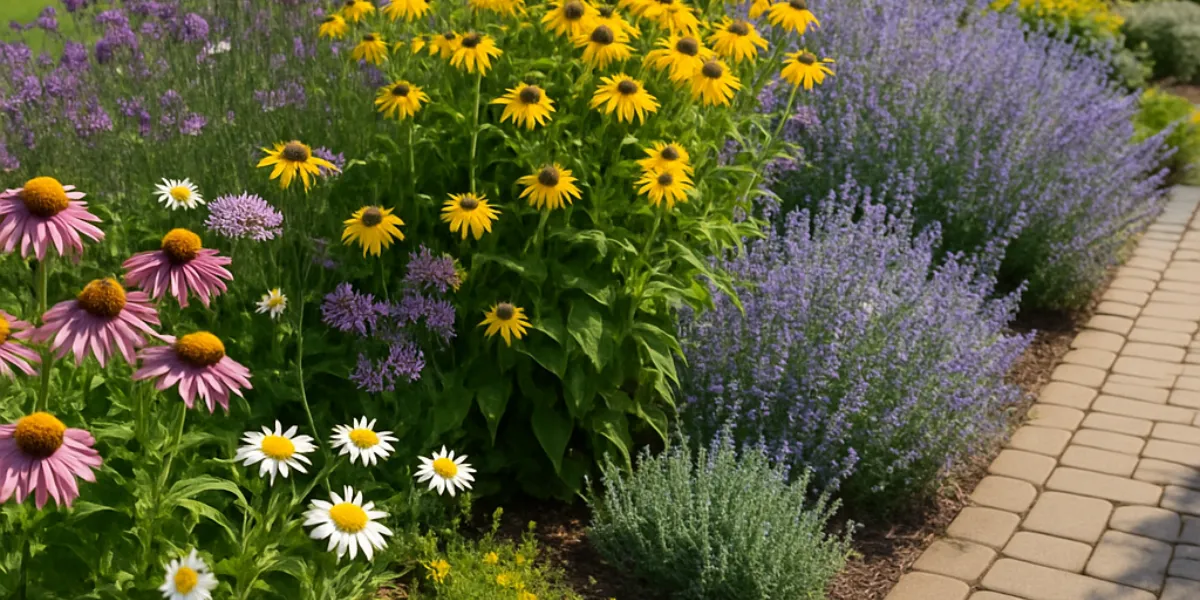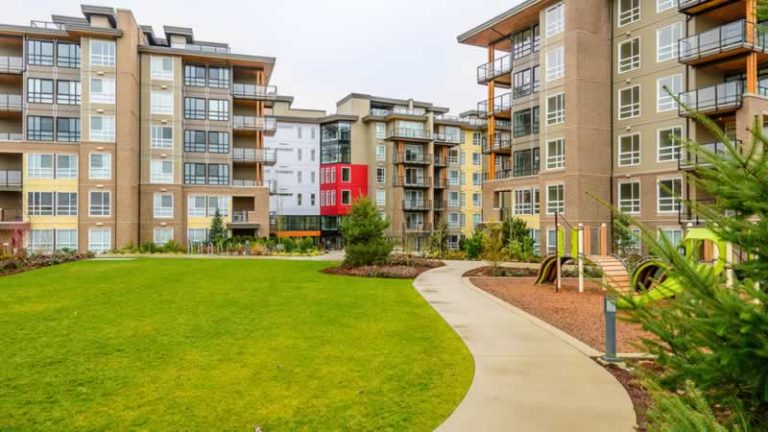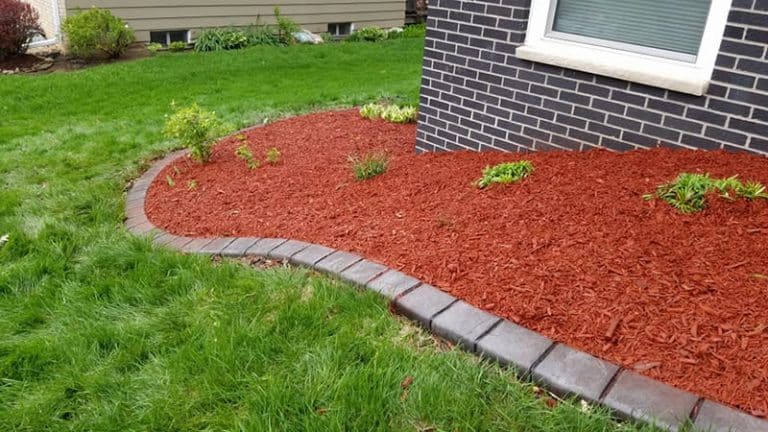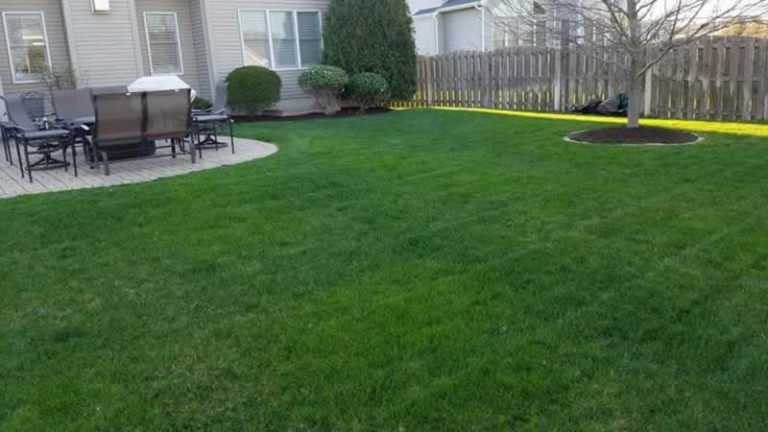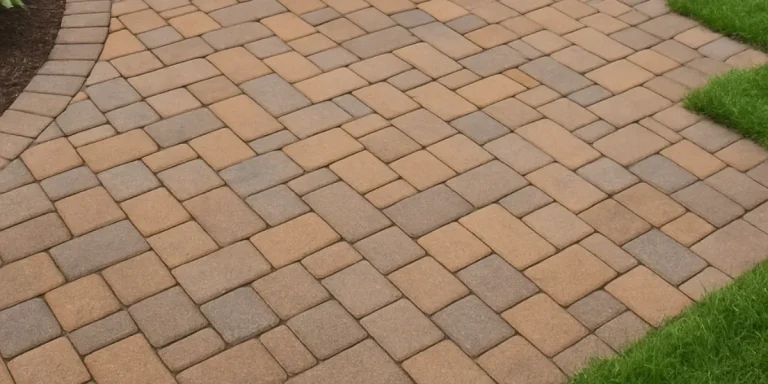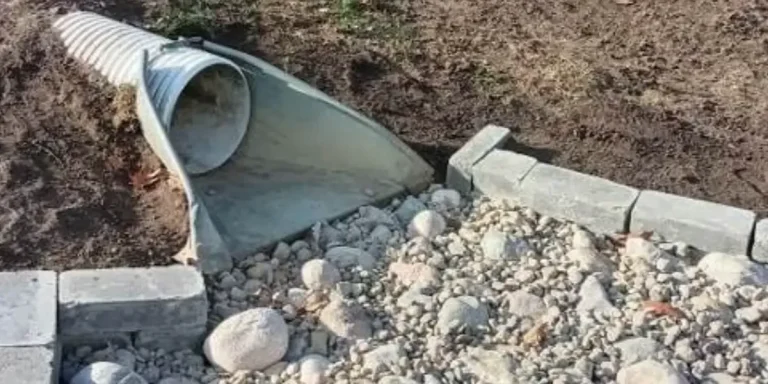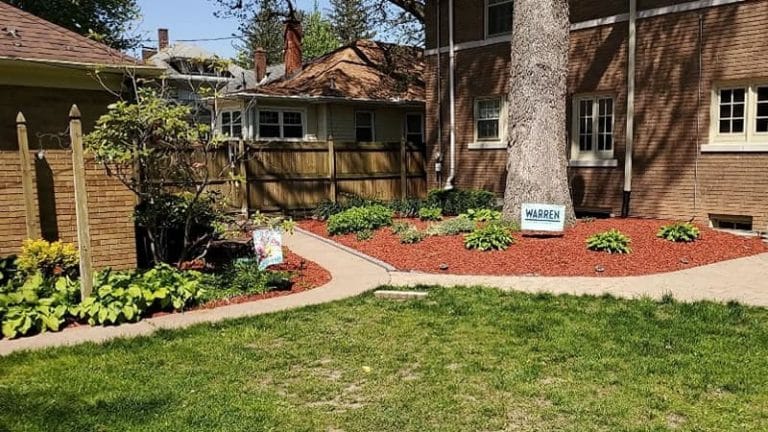Creating a Pollinator-Friendly Garden in Moline
Pollinators like bees, butterflies, and hummingbirds are essential to the health of your landscape—but they’re under threat from habitat loss, pesticide use, and environmental change. Fortunately, a well-planned pollinator garden can help. At Topscape Landscaping, we work with homeowners in Moline and surrounding areas to design vibrant, low-maintenance gardens that attract and support pollinators throughout the growing season.
If you want a colorful, thriving yard that also benefits local wildlife, here’s what you need to know.
Why pollinator gardens matter
Pollinator gardens go far beyond aesthetics. While they certainly add color and life to your yard, their true value lies in their ecological importance. Pollinators like bees, butterflies, hummingbirds, and beetles play a critical role in plant reproduction, food supply, and maintaining balance in natural ecosystems.
When these essential species have access to diverse, nectar-rich environments, they thrive—and so does everything around them.
Supporting more than just flowers
Pollinators are responsible for fertilizing more than 75% of flowering plants and nearly a third of the crops we eat. Without them, everything from tomatoes and apples to wildflowers and native trees would suffer.
By planting a pollinator-friendly garden in Illinois, you’re helping to:
-
- Support biodiversity – Native pollinators depend on specific local plants. Providing them with food and shelter helps sustain regional wildlife and native plant populations.
- Strengthen ecosystems – A well-balanced yard with active pollinators naturally encourages healthier soil, stronger plants, and fewer pest outbreaks.
- Boost your garden’s productivity – If you grow fruits or vegetables, more pollinator activity means better pollination and higher yields—without chemical intervention.
- Reduce environmental stress – Native plants used in pollinator gardens typically require less water, fertilizer, and maintenance, creating a more resilient, eco-friendly landscape.
Beauty with a purpose
Pollinator gardens offer more than environmental benefits—they’re also a feast for the senses. When designed well, they provide:
-
- Continuous color throughout the growing season
- Movement and life from butterflies, bees, and birds
- Layered textures and plant heights that add depth and character
And perhaps most importantly, they require less upkeep than traditional ornamental gardens when built around native, climate-adapted species. That means you can enjoy a vibrant, thriving yard with fewer inputs and greater peace of mind.
Whether you’re a hobby gardener or simply want to give back to nature, investing in a pollinator-friendly garden is one of the simplest, most rewarding ways to make a lasting impact.
Key elements of a pollinator garden
Creating a successful pollinator garden goes beyond simply planting flowers. It requires thoughtful planning, seasonal variety, and environmental awareness. Here’s what you need to include for a thriving, pollinator-friendly yard in the Midwest.
1. Use native plants and flowers
Pollinators are naturally adapted to native plant species—they’ve evolved alongside them. These plants tend to be more resilient, require less water and fertilizer, and are more nutritious for local pollinators.
Midwest-friendly native plant suggestions:
-
-
- Purple coneflower (Echinacea purpurea) – A hardy perennial that attracts butterflies and bees.
- Black-eyed Susan (Rudbeckia hirta) – A summer bloomer loved by native bees.
- Butterfly milkweed (Asclepias tuberosa) – Critical for monarch caterpillars and butterflies.
- Bee balm (Monarda fistulosa) – Produces nectar-rich blooms that attract hummingbirds and bees.
- Wild bergamot – Known for its fragrant flowers and appeal to long-tongued pollinators.
-
Planting tip:
Cluster the same plant in groups of three or more. This makes it easier for pollinators to locate blooms and reduces the energy they expend flying between food sources.
If you're not sure which native species will thrive in your yard's specific conditions, Topscape Landscaping can design a custom planting plan that accounts for soil, sunlight, and drainage.
2. Plan for continuous bloom
To keep pollinators visiting your yard throughout the growing season, you’ll need a mix of early, mid, and late-blooming plants. Gaps in flowering mean fewer food sources—and fewer pollinators.
Seasonal bloom planning:
-
-
- Spring: Wild columbine, Jacob’s ladder, pasque flower
- Summer: Blazing star, purple prairie clover, coreopsis
- Fall: Goldenrod, New England aster, smooth blue aster
-
Including plants from multiple bloom periods ensures a steady supply of nectar and pollen. Topscape Landscaping offers expert garden bed design and seasonal planting services to help you build a well-balanced, year-round garden that supports bees, butterflies, and birds.
3. Provide water and shelter
Pollinators need more than flowers—they also need safe places to rest, reproduce, and hydrate.
How to support pollinator needs in your yard:
-
-
- Water sources: Place shallow dishes filled with clean water and small stones to give bees a safe landing place.
- Bare soil patches: Many native bee species are ground nesters. Avoid covering every inch of your yard with mulch—leave some bare patches in sunny, undisturbed areas.
- Shelter zones: Add small brush piles, logs, or handmade bee houses for shelter during extreme weather. These areas also support beneficial insects and help create a balanced ecosystem.
-
When you work with Topscape Landscaping, we’ll incorporate natural shelter and hydration features into your landscape installation to encourage biodiversity without compromising curb appeal.
4. Avoid pesticides
Even small amounts of pesticides can harm pollinators and disrupt the delicate balance of your garden. Broad-spectrum insecticides kill both harmful pests and the beneficial insects you want to attract.
Safer pest control options:
-
-
- Use physical barriers or hand-remove pests when possible
- Choose companion planting to naturally deter unwanted insects
- Attract predatory insects such as ladybugs or lacewings
- Partner with a trusted company like Topscape Landscaping, which offers targeted, pollinator-safe solutions and landscape maintenance options tailored to your yard’s needs
-
By skipping synthetic chemicals and working with a pro, you’ll not only protect pollinators—you’ll also enjoy a more vibrant, healthy garden.
Why hire a professional landscaping company?
While it’s possible to plant a few wildflowers on your own, building and sustaining a truly effective pollinator garden requires more than good intentions and a trip to the nursery. Many homeowners underestimate the complexity of plant selection, sun and soil conditions, seasonal bloom planning, and long-term maintenance.
That’s where the expertise of Topscape Landscaping makes all the difference.
When you hire our team, you get more than just a garden—you get a complete, pollinator-friendly landscape that supports local ecosystems and enhances your property’s beauty and value.
Why trust Topscape Landscaping?
We design and install pollinator gardens that are:
-
- Scaled and sun-matched – We tailor plant choices and garden bed placement to the unique size, layout, and light exposure of your yard.
- Professionally edged and mulched – Our clean lines, premium mulch, and strategic edging give your beds structure and help suppress weeds.
- Low-maintenance and resilient – We focus on native plants that thrive in Midwest conditions and require less watering and upkeep.
- Integrated with your whole landscape – We ensure your pollinator garden complements existing features like patios, walkways, and lawns for a cohesive outdoor space.
Whether you’re starting from scratch or revamping an outdated garden bed, Topscape Landscaping makes it easy to get a functional, thriving pollinator haven without guesswork or hassle.
Added services that support pollinator gardens
Pollinator-friendly landscapes don’t exist in isolation—they thrive when supported by thoughtful infrastructure and care. That’s why we offer a full range of services to help your garden flourish:
-
- Landscape lighting installation – Gently illuminate beds and pathways for nighttime visibility without disrupting pollinators.
- Irrigation system setup – Ensure your native plants get just the right amount of water, even in dry months, with efficient drip or sprinkler systems.
- Garden bed renovation – We remove overgrown or outdated plantings and reshape beds for better soil health, drainage, and plant placement.
- Seasonal maintenance plans – Keep your garden looking its best all year with pruning, mulching, edging, and plant care tailored to each season.
When you partner with Topscape Landscaping, you’re not just improving your yard—you’re creating a healthy, sustainable outdoor space that benefits pollinators, wildlife, and your whole community.
Mini case study: Pollinator paradise in East Moline
A client in East Moline had an unused side yard with patchy grass and weeds. Our team removed the existing vegetation, reshaped the bed, added native flowers and a small gravel path, and installed landscape lighting for evening enjoyment. Within weeks, the garden attracted monarchs, hummingbirds, and bees—while significantly improving curb appeal.
Proudly serving Moline and the surrounding area
Topscape Landscaping provides professional landscape design and garden installation services in:
We specialize in pollinator garden installations, planting services, mulch and edging, irrigation upgrades, and full landscape transformations.
Let’s bring your garden to life
Schedule your pollinator garden consultation today
If you’re ready to create a yard that’s as functional as it is beautiful, contact Topscape Landscaping to design your pollinator-friendly garden. We’ll help you choose the right plants, prepare your soil, and install a vibrant, healthy landscape that supports local wildlife and adds value to your property.
We proudly serve homeowners in Moline, the Quad Cities, and nearby towns with expert landscaping services tailored to Midwest conditions.

